Latest Car News
Why Are Cars So Expensive?
If you’ve set foot on a car lot in the last few years, you likely suffered from a severe case of sticker shock. New vehicles these days are pretty expensive, and it’s natural for anyone to wonder why — especially if you’re on a budget. If you could cut back on something like a car payment, that dream trip to Bora Bora or Lake Titicaca would become reality. So why do cars cost so much?
When you realize the Kelley Blue Book average price of a new vehicle in December 2018 was $37,577, it’s not difficult to see why new cars are unrealistic for many Americans. The median household income for 2017 was $61,372, according to the US Census Bureau. That puts the average new car price at over half the median household income, making it out of reach like a short guy trying to dunk a basketball.

Jeeps in transport (Credit: Fiat Chrysler Automobiles )
In a 2014 Bankrate.com study, median-income families in only one of the 25 largest metropolitan areas in the U.S. could afford to buy the average new car without sacrificing a child and taking out a loan with a term that lasts until the bitter end of the Fast and Furious franchise.
Just how did cars become so expensive? Surely everyone wants an affordable car, so why are prices shooting through the roof?
You might be thinking “hey, there’s inflation and so everything’s just more expensive these days.”
Yes, inflation does pump up prices, but it’s not the only thing going on under the hood. NADA Guides says the original MSRP on a 1970 Toyota Corolla coupe was a mere $1,856. That’s miniscule compared to the 2019 Corolla XSE, which is $22,880. Using the U.S. Bureau of Labor Statistics’ Inflation Calculator, the $1,856 from 1970 translated into today’s dollars comes out to $12,375.20. That’s almost half the price of the 2019 model! In other words, cars really are just more expensive today, but why?

Toyota Corolla XSE (Credit: Toyota )
One big factor making cars so expensive is the amount and quality of features. For example, in 1970 Corolla, Toyota used a 1.2-liter engine, which produced a whopping 73 horsepower. That pales in comparison to the 2019 Corolla XSE and its 1.8-liter engine with 132 horsepower on tap. Not only do you get 60 extra horsepower, the modern Corolla also comes with 8 airbags, tire pressure monitoring, LED headlights, automatic climate control, front seat heaters, power locks and windows, a smart key system, and plenty of other amenities most definitely not included or even available for the 1970 model year. Let’s not even talk about all the super advanced emissions controls and innovations for improved fuel economy.
It used to be that having an alarm system, leather upholstery, or dual-zone climate control was something you could only get on exclusive luxury vehicles. Today, you can find those amenities and more for all kinds of cars, showing just how much vehicle features have improved. As they say, there’s no such thing as a free lunch, so all those cool luxuries in turn inflate prices.
We want all these cool, luxurious features in cars. After all, who today would put up with having to hand crank the windows in a new vehicle? Would you sweat it out all summer without AC?
Speaking of quality features, Ford poured considerable resources into researching cupholders in 2017, not just to find out bigger is really better, but also little nuggets like how we use cupholders to hold things like phones and loose change. So you better believe all that money spent on this refreshing research was likely passed on to consumers by increasing prices.

2017 Ford Fusion cupholders (Credit: Ford )
National car dealerships also are partly to blame for high prices, according to Fortune Magazine. In the past, you could go to a more rural area or a different region of the country to get a car for less. Today, you’re paying the same amount for a new Chevrolet Silverado whether you live in Mobile City, Texas or Chicago, Illinois, since those dealerships may be part of the same national chain.
This fact really hurts people who live in lower-income areas. Instead of prices being more affordable for those shoppers, they end up paying the same price as someone in a much more affluent part of the country.
The types of vehicles we like to buy has also caused car prices to shoot up like a rocket. In case you haven’t noticed, people really like crossovers and trucks these days. Twenty years ago, sedans were the No. 1 vehicle on the market. That alone makes the average price for a new car higher.
Kelley Blue Book reports that the average price for a compact car in December 2018 was $20,453. For a compact crossover that number rises to $28,739. Full-size cars hit an average $34,925, versus full-size crossovers that average $63,207, which is almost double the cost! Full-size pickups were still much more expensive than cars at $48,653.

2019 Ram 1500s (Credit: Fiat Chrysler Automobiles )
Our love affair with utilitarian crossovers and trucks is hitting Americans right in the wallet. Not only do these types of vehicles come packed with more material like steel and bigger tires, they’re also cash cows for automakers. The profit margins for these behemoths are equally large, which is why automakers push them so hard and then laugh all the way to the bank.
Changes in lending standards have also helped with new vehicle prices shooting to the moon. It used to be that 48 months was about the longest term for a car loan. Banks have been freed up by a lack of regulation, and so they decided to offer crazy options like 84-month loans. There are even variable rates and balloon notes for cars, hearkening back to the creative financing rampant in the housing market before the bubble burst in 2008. How does anyone think this is a good idea?
These longer terms for car loans and all the other creative financing options have all been created for a single goal: to shrink monthly car payments. It’s like everyone’s become blind to the overall cost of cars, and instead we’re just focusing on that monthly payment. Go visit your average car dealership and that’s pretty much all they want to talk to you about, not the total cost of the vehicle you’re buying.
In the end, cars are so expensive because we’ll keep paying high prices. Automakers will continue inching prices to whatever the market will bear, because ultimately they’re looking to maximize profits. As long as people keep buying enough new cars to make the price increases worth it, don’t expect the cost of getting a new vehicle to go down. It’s just simple economics.

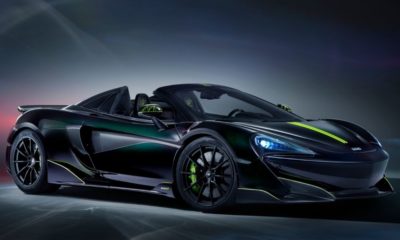

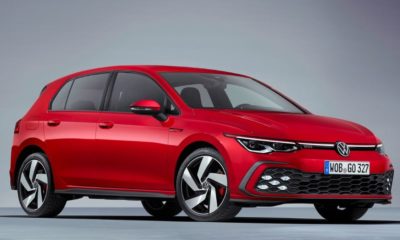



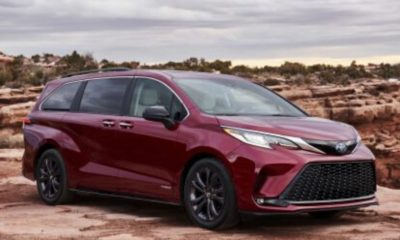








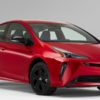


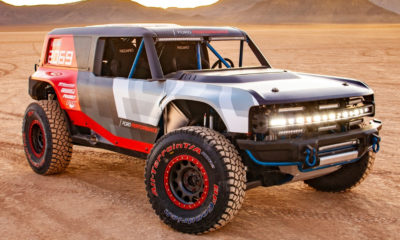

You must be logged in to post a comment Login